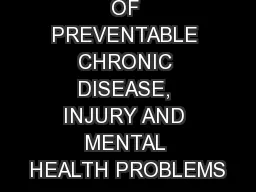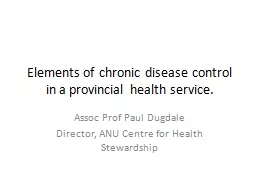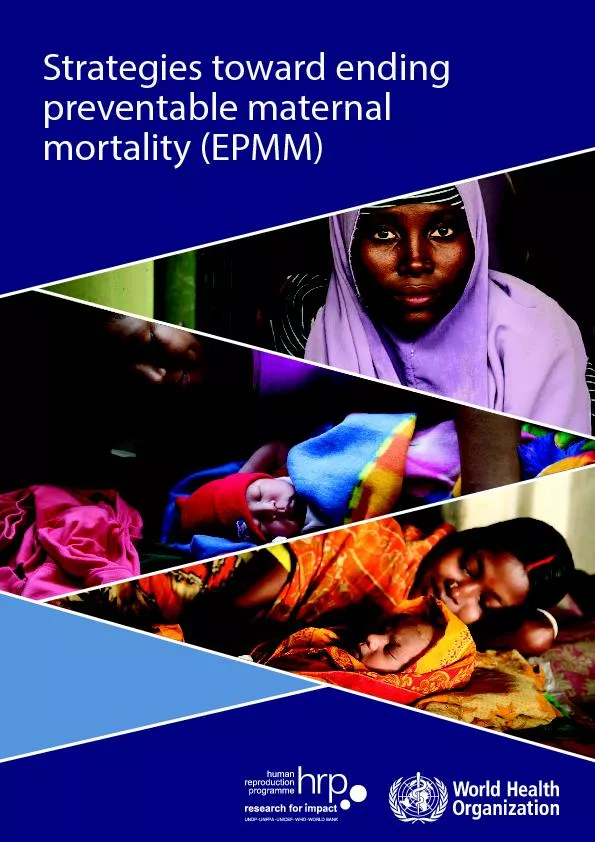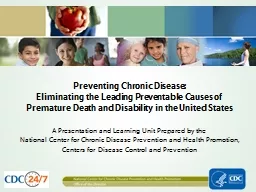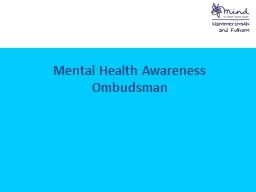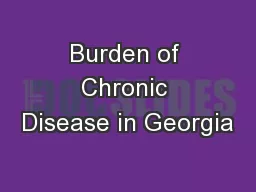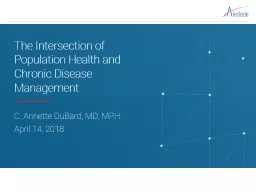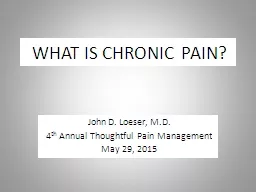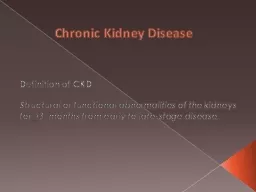PPT-HIGH LEVELS OF PREVENTABLE CHRONIC DISEASE, INJURY AND MENTAL HEALTH PROBLEMS
Author : kittie-lecroy | Published Date : 2018-11-10
STUDENTS LEARN ABOUT Cardiovascular disease CVD Cancer skin breast lung Diabetes Respiratory disease Injury Mental health problems and illness STUDENT LEARN TO Research
Presentation Embed Code
Download Presentation
Download Presentation The PPT/PDF document "HIGH LEVELS OF PREVENTABLE CHRONIC DISEA..." is the property of its rightful owner. Permission is granted to download and print the materials on this website for personal, non-commercial use only, and to display it on your personal computer provided you do not modify the materials and that you retain all copyright notices contained in the materials. By downloading content from our website, you accept the terms of this agreement.
HIGH LEVELS OF PREVENTABLE CHRONIC DISEASE, INJURY AND MENTAL HEALTH PROBLEMS: Transcript
Download Rules Of Document
"HIGH LEVELS OF PREVENTABLE CHRONIC DISEASE, INJURY AND MENTAL HEALTH PROBLEMS"The content belongs to its owner. You may download and print it for personal use, without modification, and keep all copyright notices. By downloading, you agree to these terms.
Related Documents

